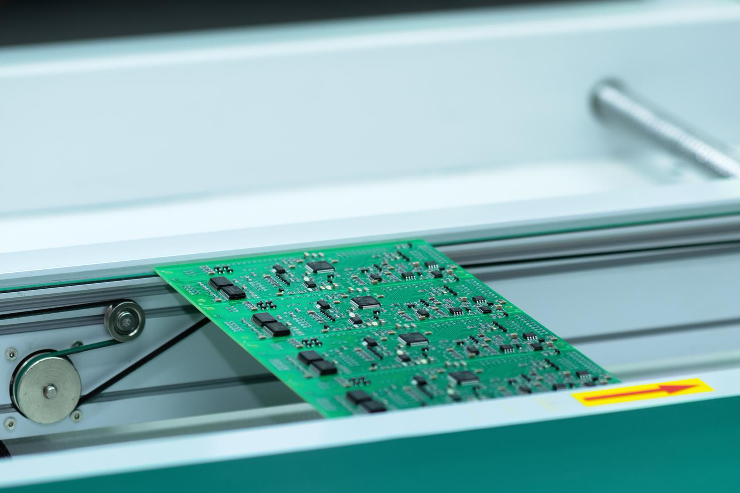Understanding Part Design and Characteristics in Plastic Injection Moulding
- josh61940
- Nov 5, 2024
- 3 min read

Welcome back to the Amey Plastics blog series! In our previous post, we explored essential mould tool components and processes that play a crucial role in plastic injection moulding. This time, we’ll turn our attention to part design and characteristics—fundamental aspects that impact the manufacturability and functionality of your plastic components. Familiarising yourself with these design principles will enhance your ability to create high-quality products that meet industry standards.
Draft Angle
The draft angle is a critical design feature in injection moulding that allows for the easy ejection of parts from the mould. This angle is the slope added to the vertical surfaces of the part, facilitating a smoother release when the mould opens. Without an adequate draft angle, parts can stick to the mould, leading to damage during ejection. Typically, a draft angle of 1 to 5 degrees is recommended, depending on the part's geometry and the material used. Understanding and implementing proper draft angles will significantly improve the efficiency and quality of your production.
Undercut
An undercut is a design feature that creates a section of the part that cannot be ejected in a straight line from the mould. This can pose challenges during the injection moulding process, as it may require complex mould designs, such as slides or cam actions, to accommodate the undercut. While undercuts can add functionality or aesthetic appeal to a part, careful consideration is needed during the design phase to ensure that the moulding process remains feasible and cost-effective.
Wall Thickness
Wall thickness is a crucial aspect of part design that affects both the mechanical properties and the manufacturability of the final product. Uniform wall thickness is essential to prevent issues such as warping, sink marks and inconsistent cooling. Thin walls can lead to faster cooling times and reduced cycle times but may compromise the strength of the part. Conversely, thicker walls can enhance durability but may result in longer cooling times and increased production costs. Striking the right balance in wall thickness is key to producing reliable and high-quality parts.
Ribs
Ribs are added to plastic parts to enhance structural integrity without significantly increasing weight. These features provide additional support and stiffness to areas of the part that may be prone to bending or deformation. When designing ribs, it’s important to ensure they are properly dimensioned to avoid compromising the part's aesthetics or functionality. The rib height should typically not exceed 60% of the wall thickness to maintain effective cooling and minimise defects during the moulding process.
Bosses
Bosses are raised features on a part that facilitate fastening, assembly, or support for other components. They are often used to accommodate screws, bolts, or other fasteners, providing a solid anchor point for assembly. When designing bosses, it’s important to consider their diameter, height and the wall thickness surrounding them to ensure they can withstand the required loads. Properly designed bosses will enhance the functionality of the part while ensuring ease of assembly in the final product.
Quality & Reliable Parts
Understanding these design characteristics is essential for anyone involved in the plastic injection moulding industry. At Amey Plastics, we can advise you on optimising part design to ensure that your products are not only manufacturable but also meet the highest quality standards. By mastering these design principles, you can create parts that perform reliably in their intended applications.
We hope this blog has provided valuable insights into the importance of part design and characteristics in injection moulding. Stay tuned for our next post, where we will explore defects and troubleshooting strategies. As always, if you have any questions or injection moulding projects you’d like support with, contact the Amey Plastics team on 01730 266 525 or email sales@ameyplasticsltd.co.uk. See you next time!






Comments